This is one in a series of catch-up articles, related to Council discussions and actions which took place a few weeks ago. Life got in the way so it’s taken me until now to write about them. But I think they touch on important topics so I figure they’re worth publishing even if they’re a bit out of date.
I did something at a recent Council meeting which I don’t believe I’ve ever done in all the years I’ve been on the Council: voted against the budget. It still passed, 4 to 1. But I want to explain briefly why I made this choice.
The city, like nearly every other person and organization, is suffering due to the pandemic. Costs are up and revenues are down…but not by as much as one might fear. That’s because much of our revenue isn’t driven by current economic conditions1. Even sales taxes don’t fall as much or as rapidly as one might think; people and businesses keep consuming, albeit at a lower level, even during economic downturns. Revenue from development projects may drop, but those revenues are essentially required by law to cover the costs of evaluating proposed projects so when there are no projects costs drop as well. The revenue stream taking the biggest hit is the hotel tax, since business travel is down substantially. On the other hand, it was only relatively recently San Carlos began to receive substantial amounts of hotel tax, and the city was doing quite well financially before then.
So while we always need to think about how much money we have to do things for the community we are not in anything like a crisis mode. You can see that in the budget, which projects us having financial reserves of nearly $30,000,000 next June 30th…despite deficit spending to the tune of a couple of million dollars. Gone are the days when San Carlos lived hand to mouth.
By the way, those reserves would’ve been close to $45,000,000 if we hadn’t prepaid $14,000,000 in pension obligations. We didn’t know about the pandemic when the Council authorized the first $7,000,000 a couple of years ago. But we were in the middle of it when the second $7,000,000 was approved earlier this year. Prepaying a pension obligation is similar to prepaying a mortgage: it’s not a choice one generally makes. Sure, pension costs are going up. But changed laws and requirements have come into play to reduce the rate of increase. Besides, the best way to deal with higher future pension costs is to increase the tax base — through sensible commercial development and improving quality of life driving up residential home values — because that way the pension costs get paid and the community gets valuable stuff (e.g., new, local jobs, more/better parks, etc.). That’s exactly how we’ve met the increases we’ve already seen over the last decade.2
So the Council could’ve done more than it’s done to help local businesses and households weather the pandemic. We did do some things. But it’s telling, to me, the new San Carlos Community Foundation raised more money and provided more philanthropic help to businesses and families in need than the Council authorized, by far. When a community has the resources to help itself — and we do — I would’ve thought local government would be leading that effort, not trailing a distant second. But I guess I was wrong about that.
We also forced most of our rank and file employees to accept no cost of living increase this year. Which is sad. What kind of employer are we who has the money — it would’ve been about $600,000, or 2% of our reserves — yet still insists those who are bearing the biggest impact of increases in the cost of living — studies show those on the middle and lower ends of the pay scale3 are facing greater increases than those better off — make the sacrifice?
That doesn’t sound like the City of Good Living to me. Nor someone I’d want to work for.
I tried to get the Council to budget $600,000 to allow the city to negotiate a cost of living increase for those rank and file employees if they were interested in having such discussions. Not a single other Council member agreed to consider the idea.
In fact, one of my colleagues said they didn’t think they’d be able to support a budget with a bigger deficit because it wouldn’t be financially prudent. I almost said “Good thing you weren’t on the dais for most of San Carlos’ history, since we’ve never, ever had this much money in the bank before.” The point of reserves is to use them on rainy days.
If this isn’t a torrential downpour I don’t know what one is.
It’s natural to take counsel from one’s fears. That’s why the old adage, “Don’t take counsel from your fears” exists. Unfortunately, I believe that’s precisely what the Council did: it didn’t coldly and analytically assess our financial situation before charting this year’s path. Instead, it listened to its fears…and ended up acting in a way which short-changed San Carlos.
Property taxes don’t drop unless and until sale prices fall below assessed value…which would be an extraordinary situation because median assessed values of homes are around $750,000 while current median home sale prices are pushing $2,000,000. ↩
The analogy isn’t exact, but even a closer analysis supports the basic point: it’s not generally an effective use of funds. ↩
fun/sad fact: about 80% of our rank and file employees might be able to qualify for affordable housing financial aid. ↩
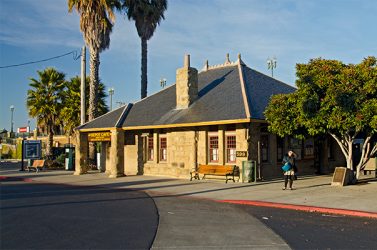
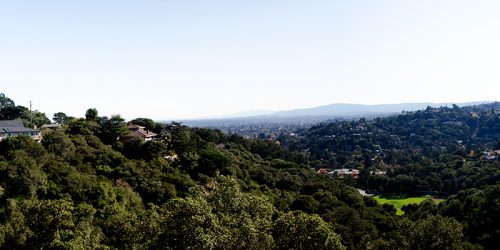
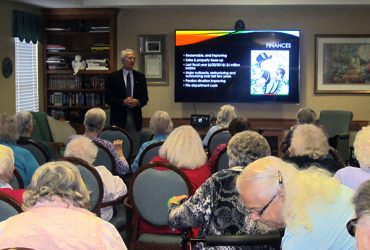
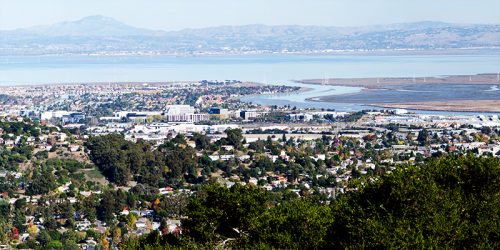
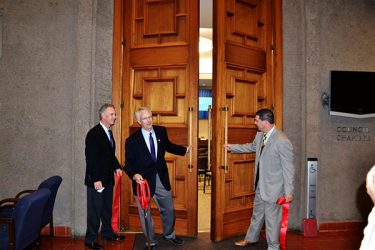
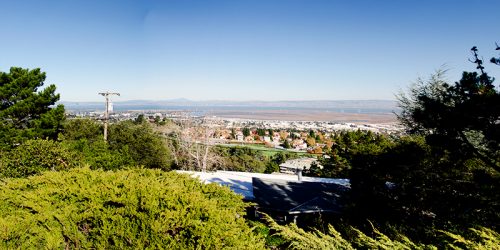

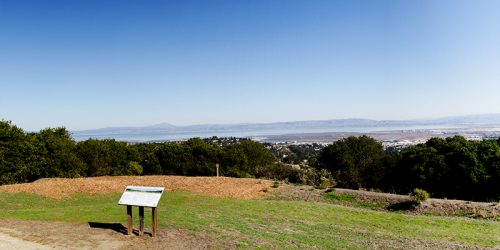
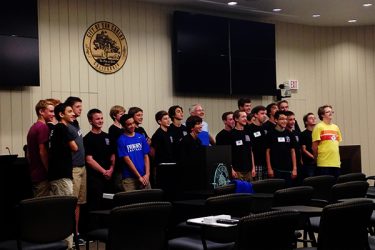
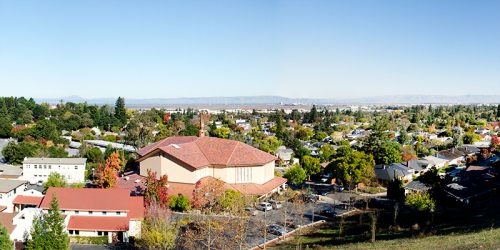
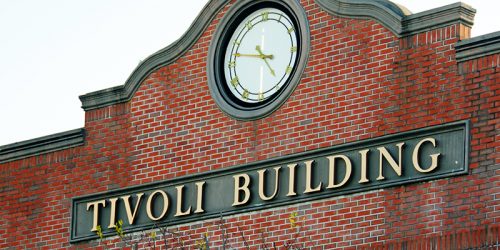
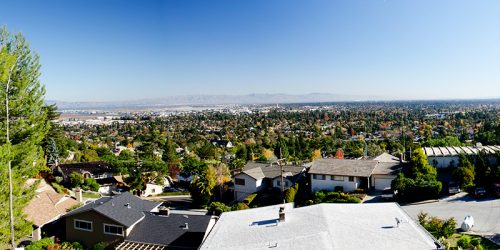
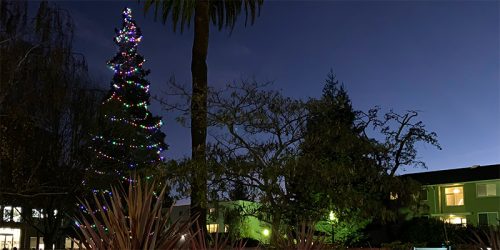
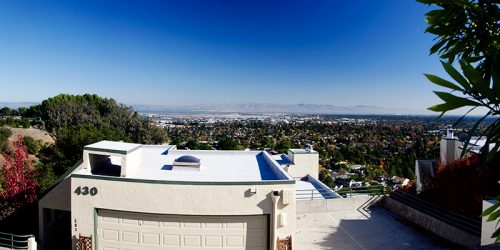
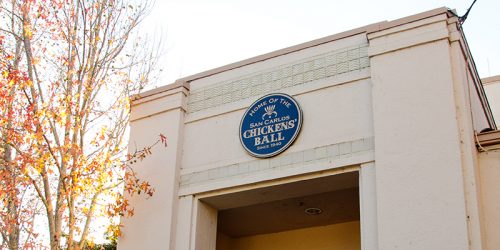
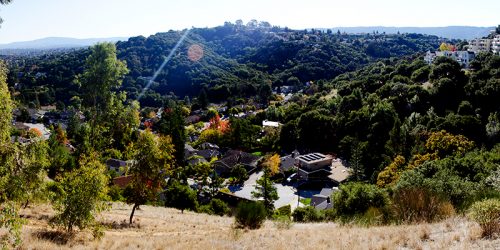
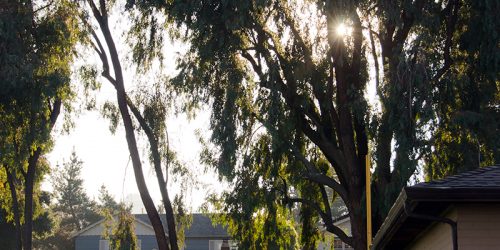
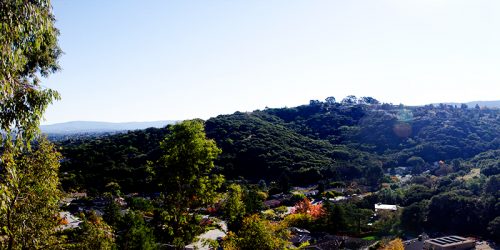
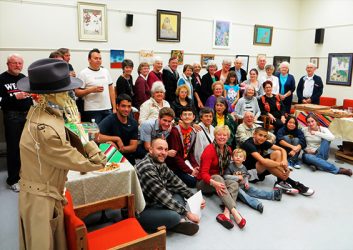
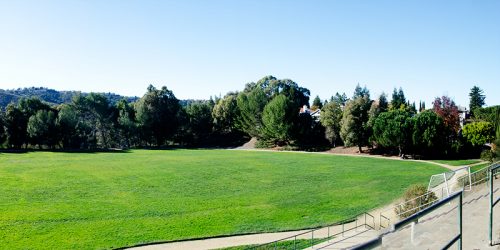
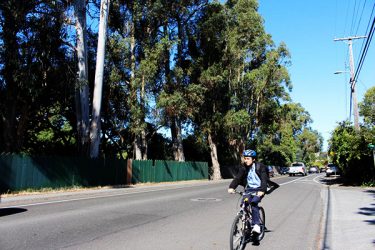
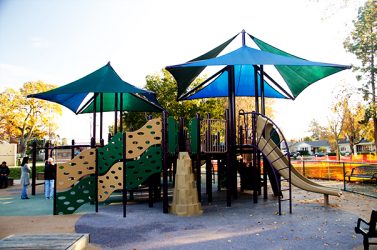
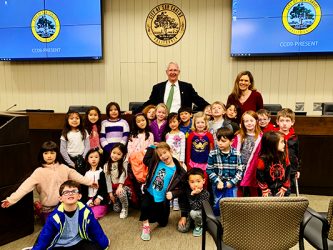
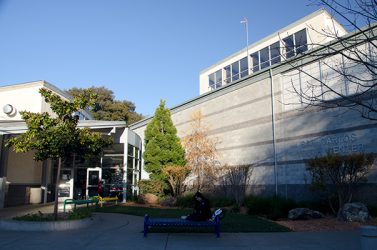

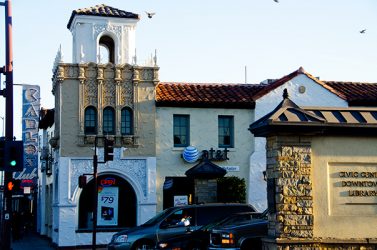
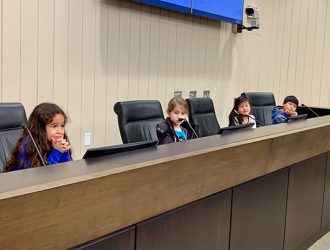

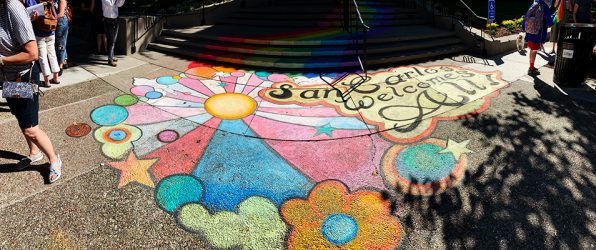
4 thoughts on “So What’s Wrong with the Budget, Anyway?”
Thank you for the information. Many businesses are suffering, as you mentioned. Did the city directly assist businesses in any way financially?
The city contributed funds to a County-run program which provided financial grants to small businesses, about $110,000 as I recall (a similar amount was contributed to Samaritan House to provide help for individuals and families through their programs).
It also granted businesses along Laurel Street (and in parts of the area around Devil’s Canyon on the east side) the right to operate temporarily in parts of the public parking spaces (generally only restaurants took advantage of this). Parts of Laurel Street were also closed off to encourage a pedestrian mall type atmosphere.
The city paid for the orange barricades (“water walls”) that were set up to keep patrons safe while in the former public parking spaces.
I don’t recall any other financial support provided by the city. You could check with Rebecca Mendenhall, our head finance person, if you’d like more information.
– Mark
Thank you for your thoughtful commentary… shame you won’t be running for re-election.
Thanx, Stacy, for the kind words.